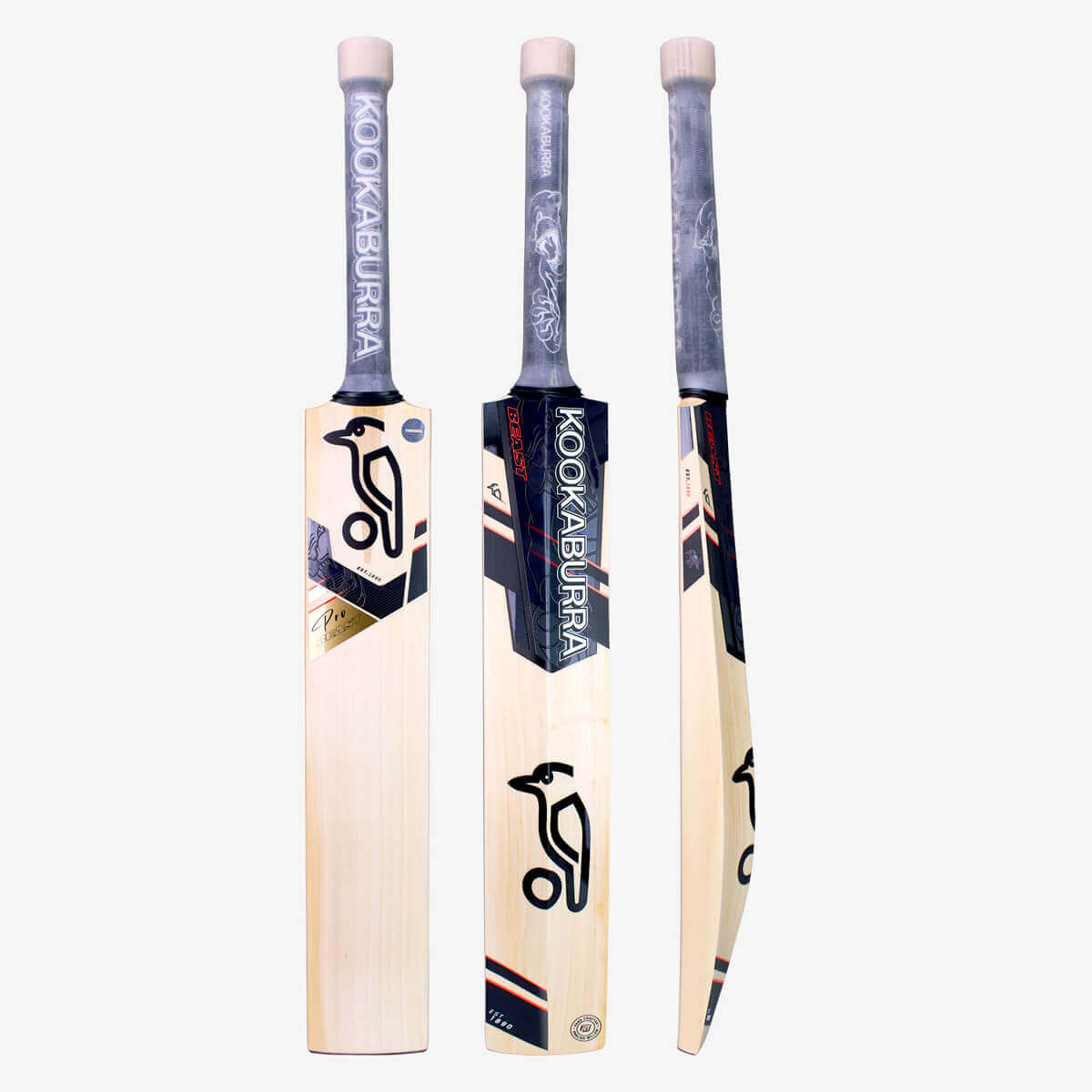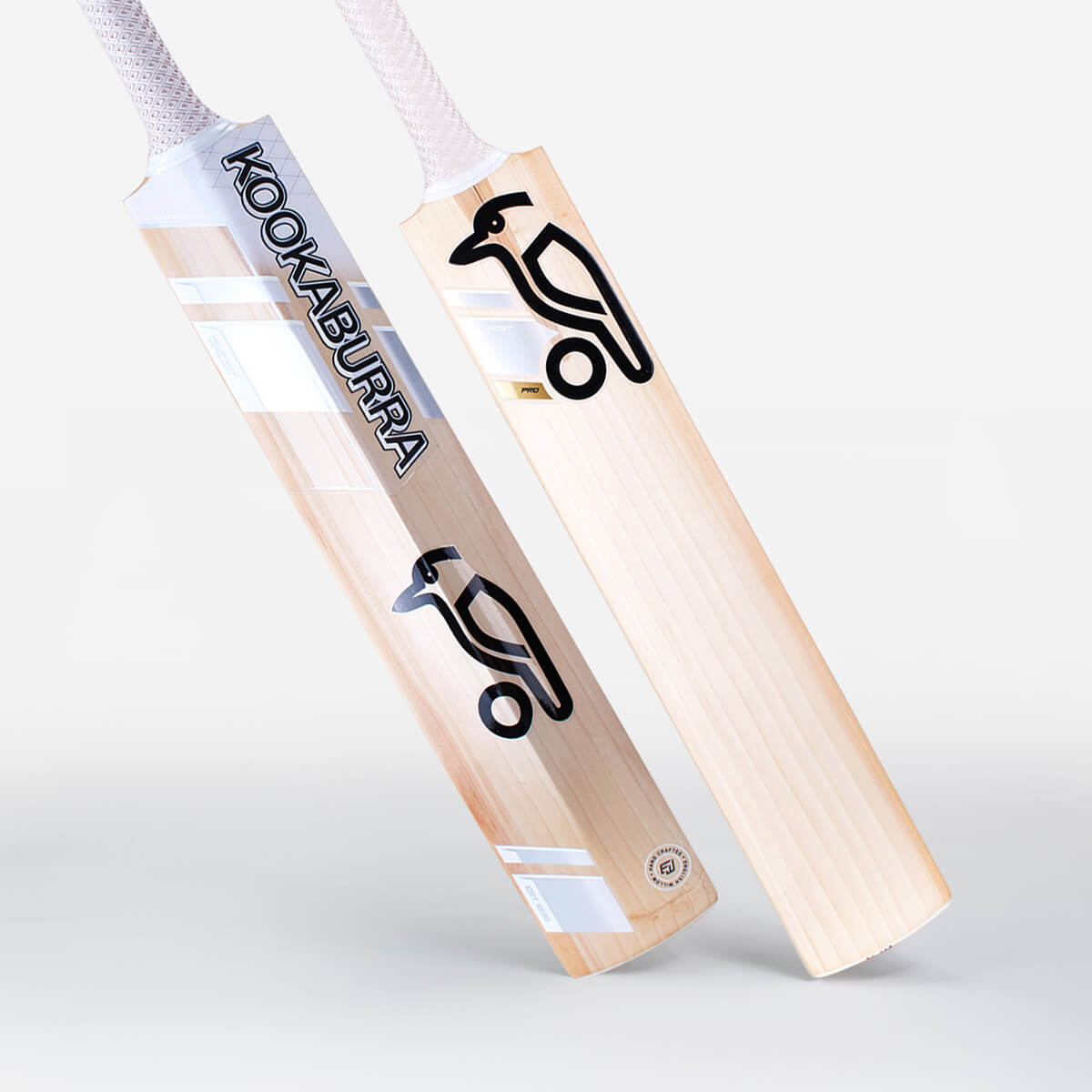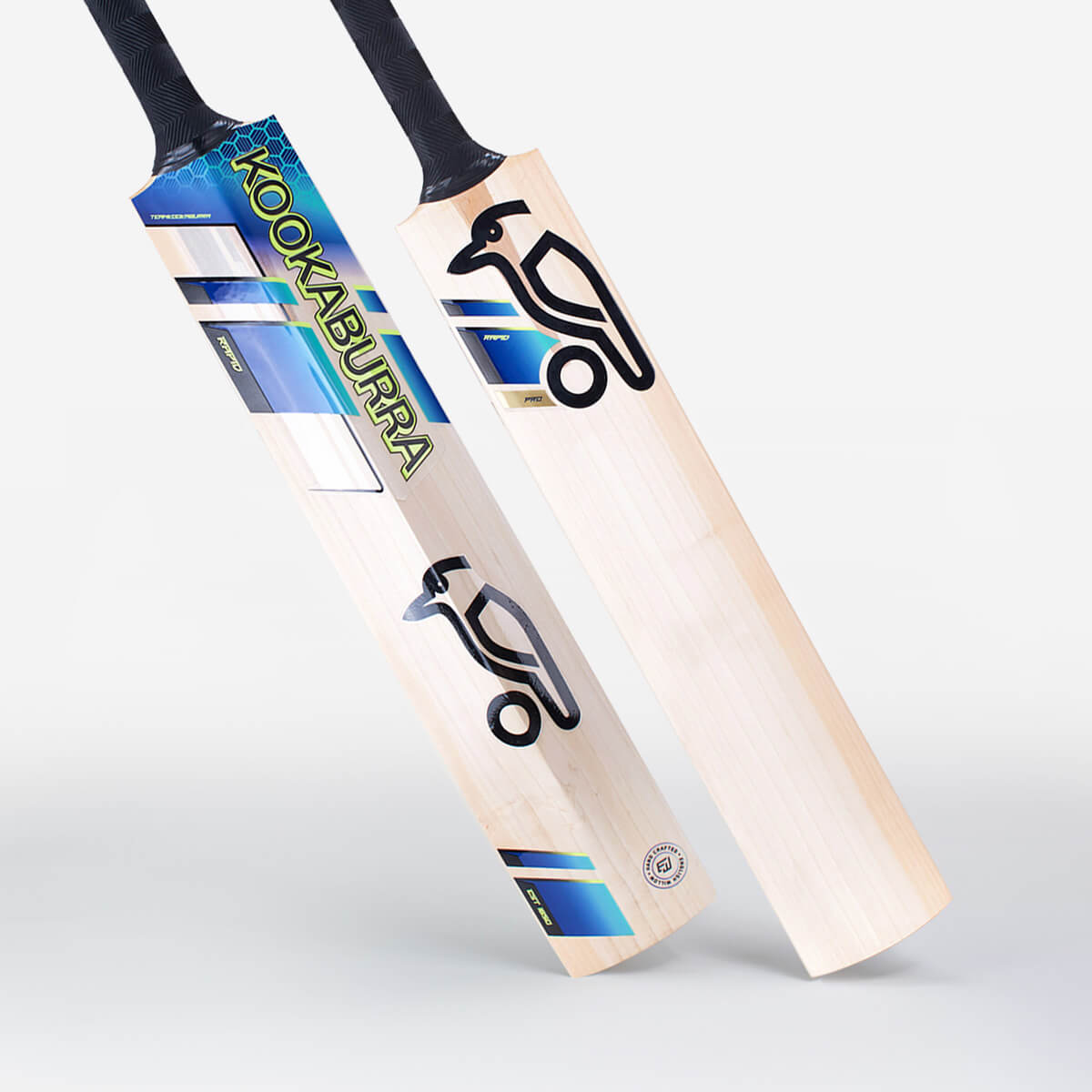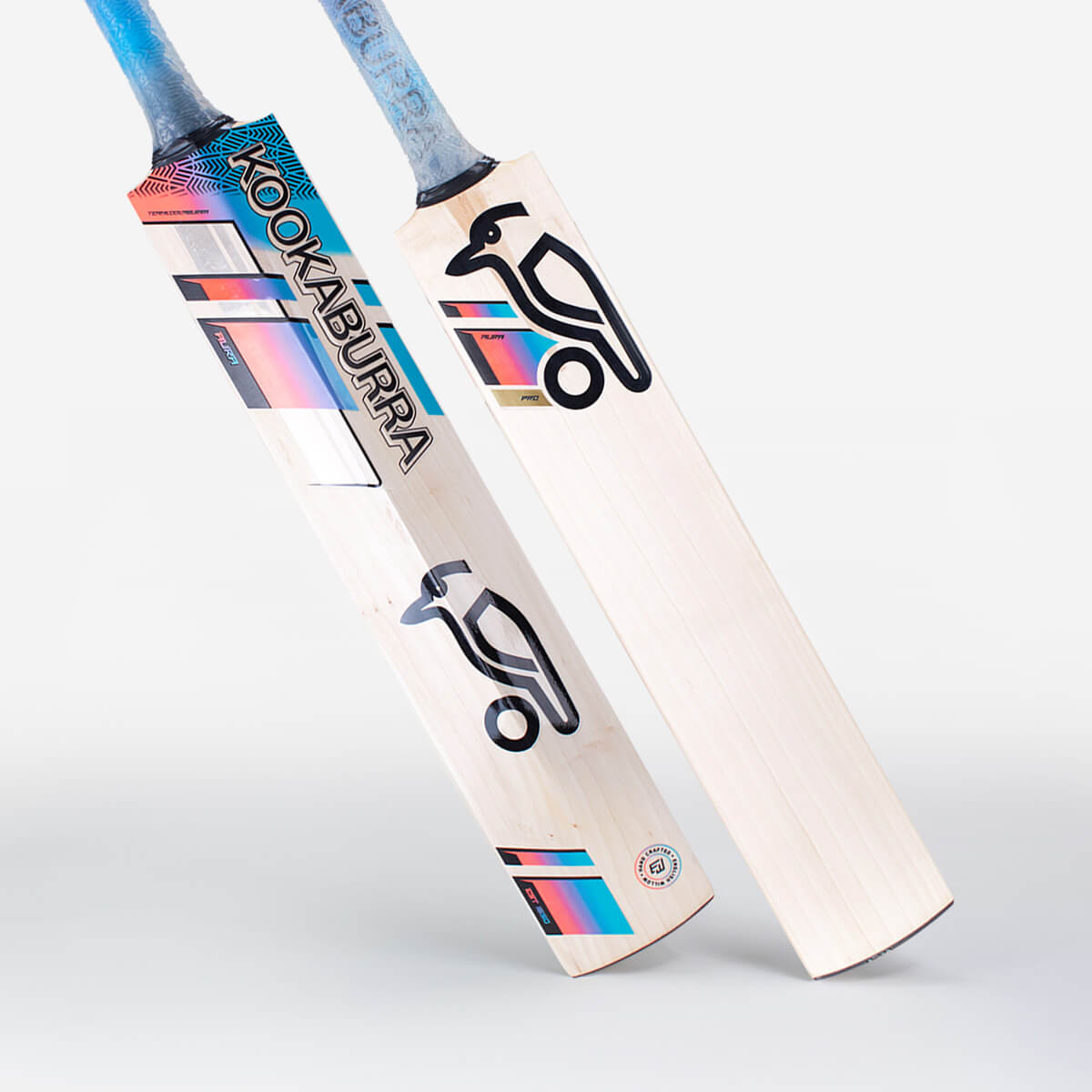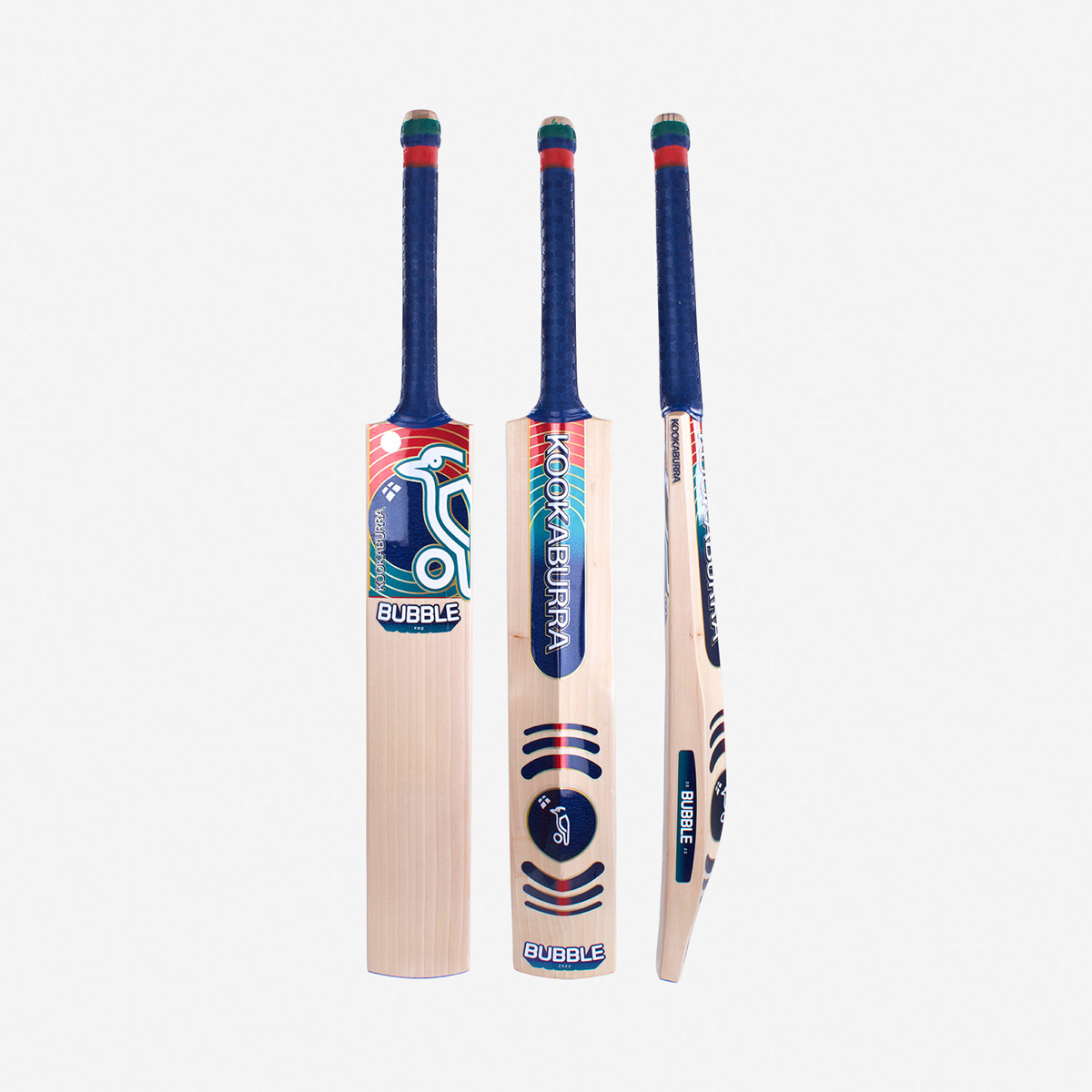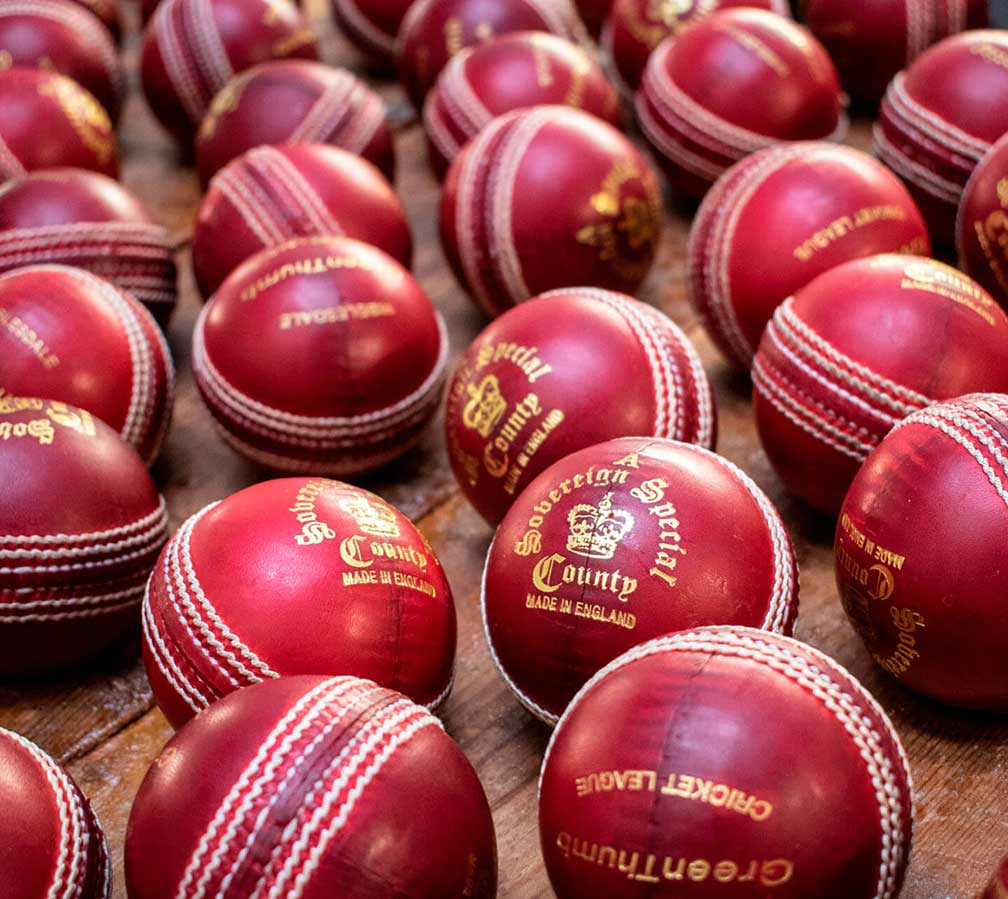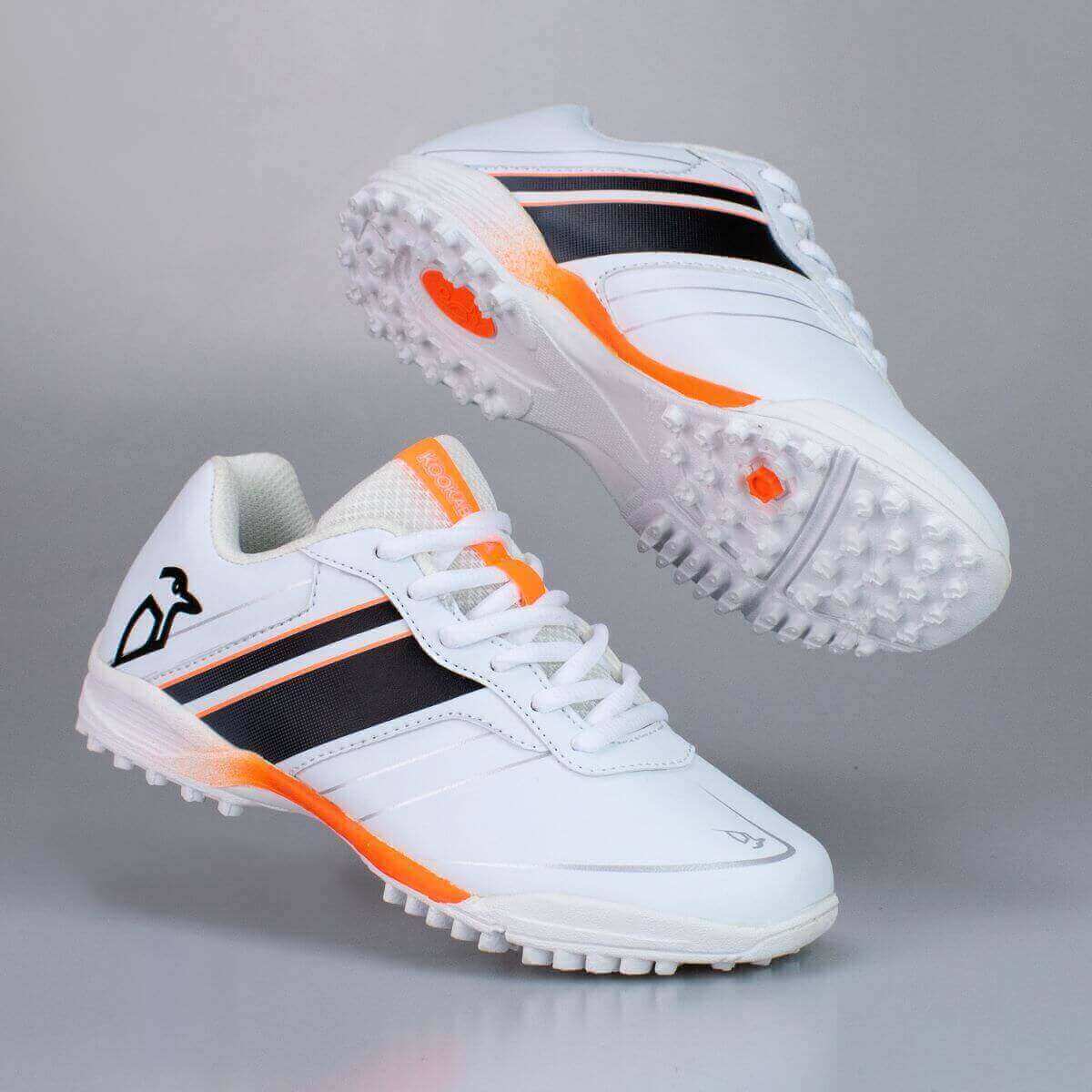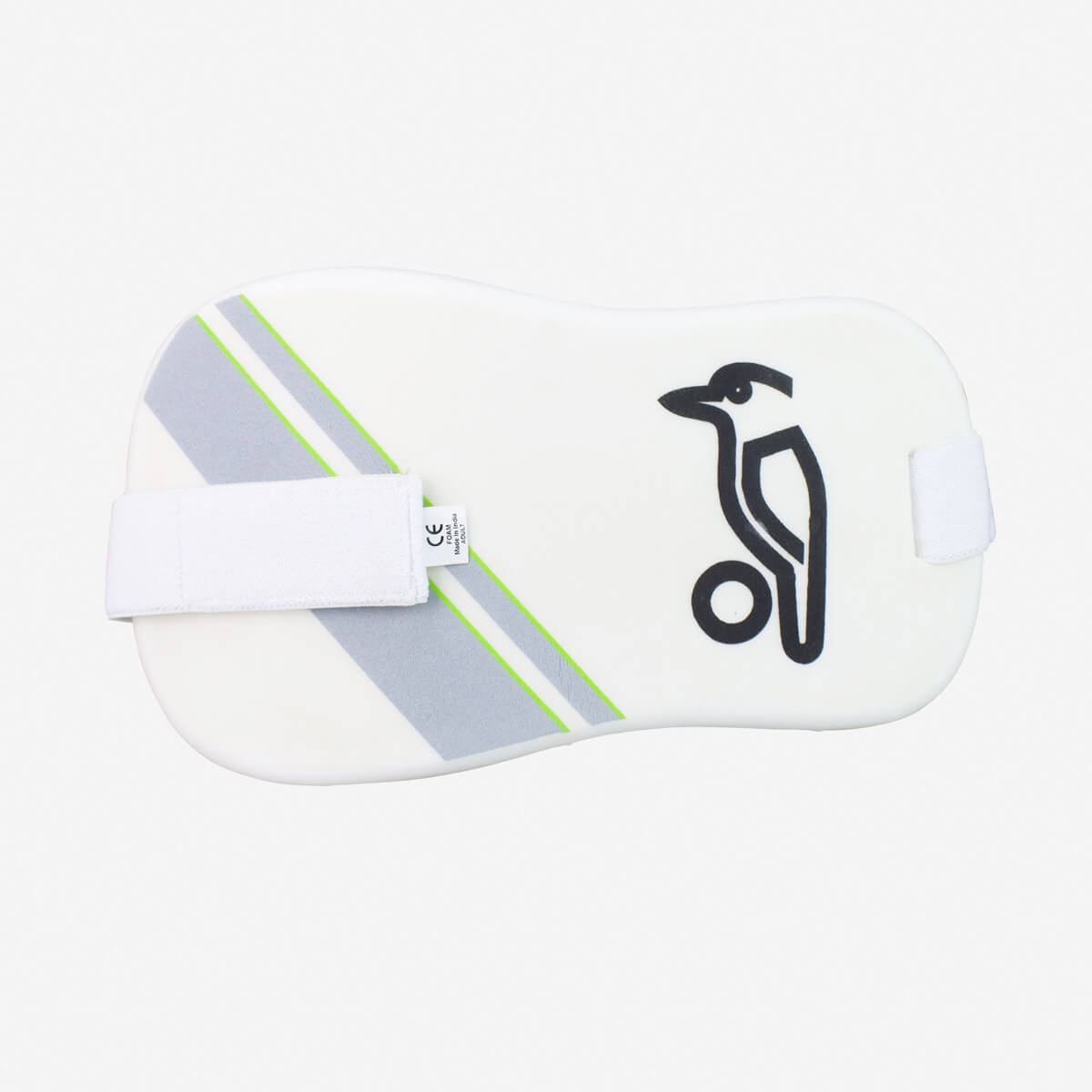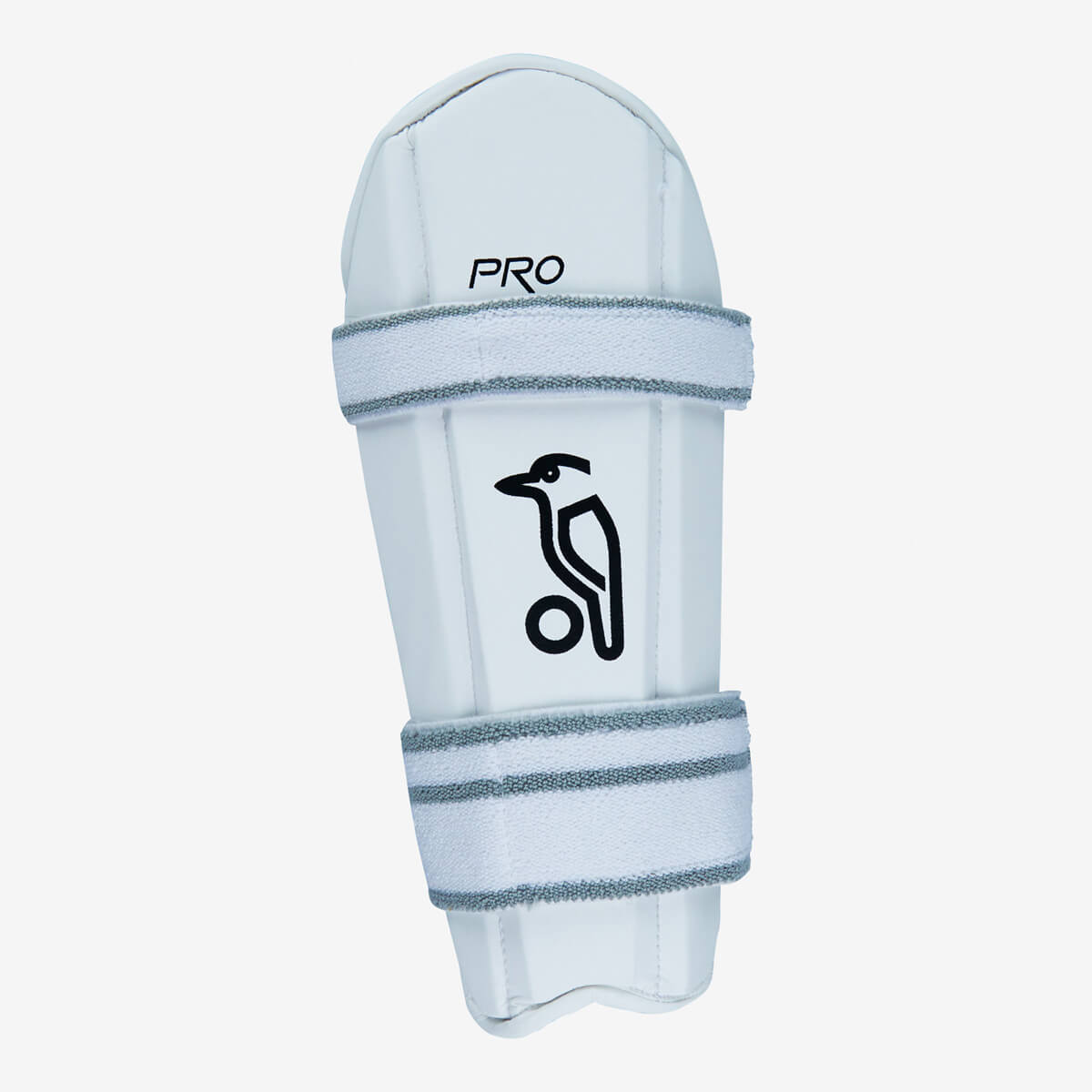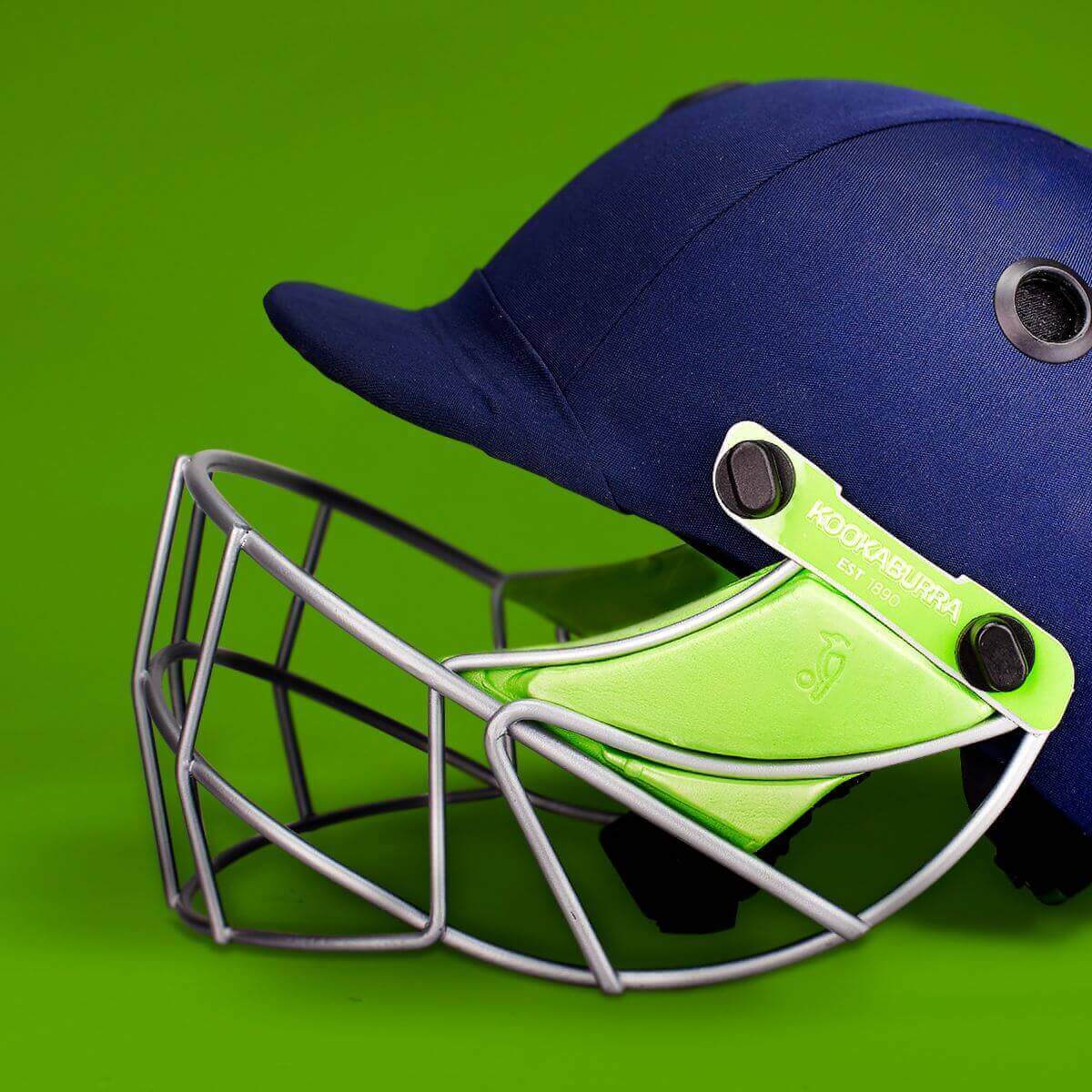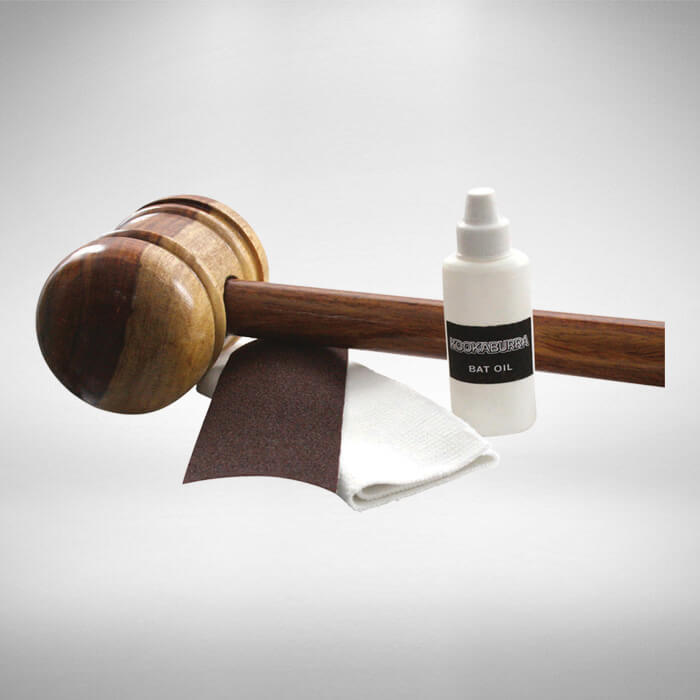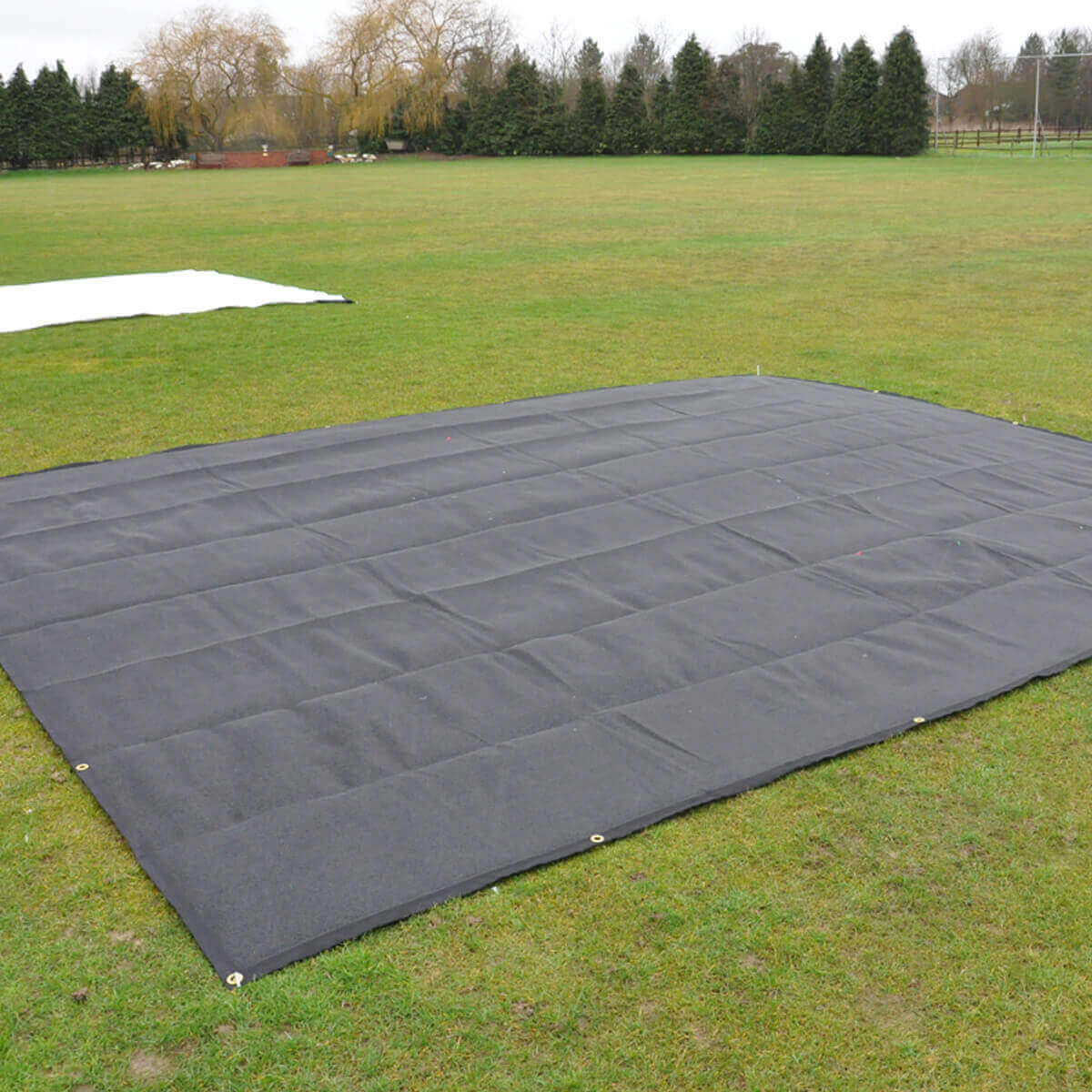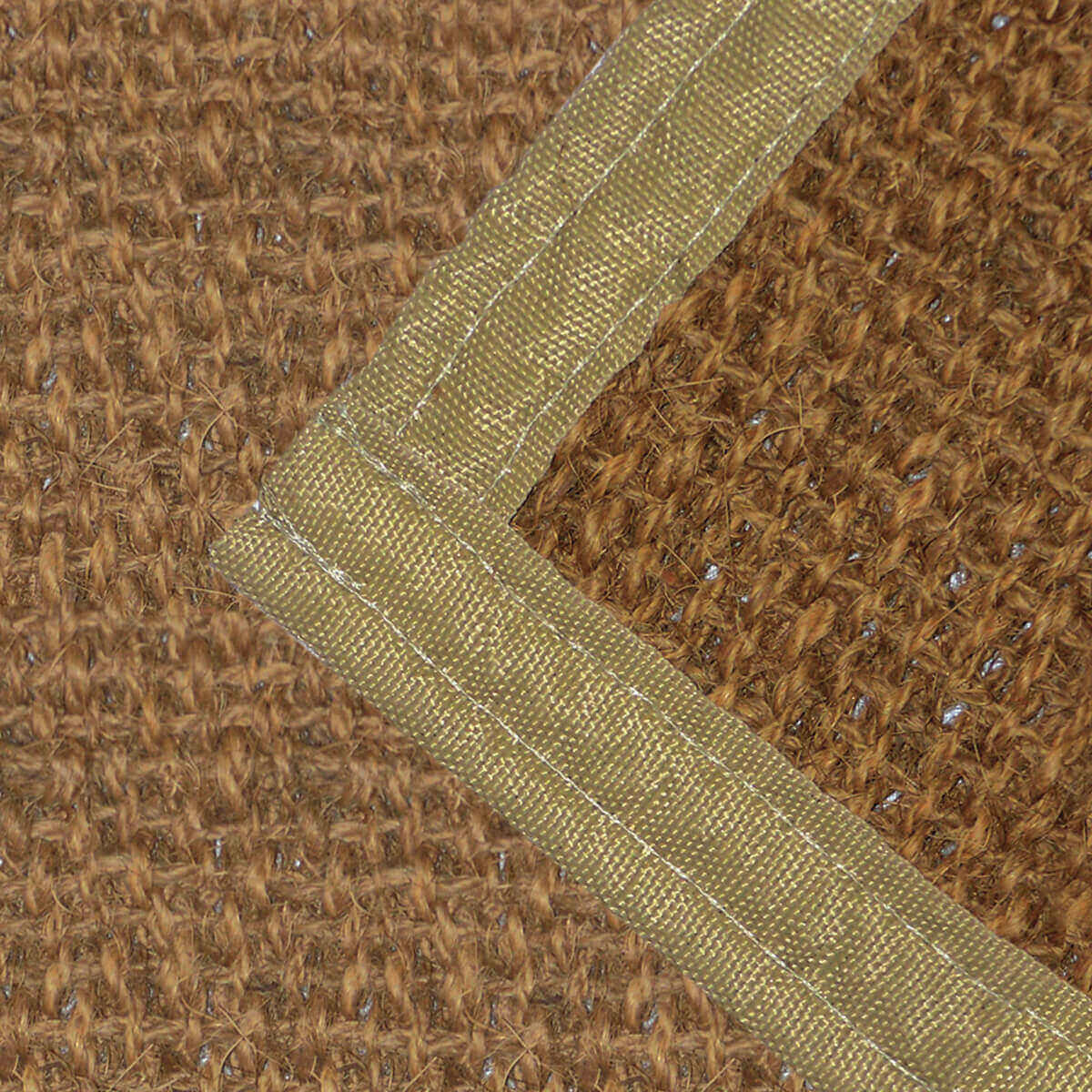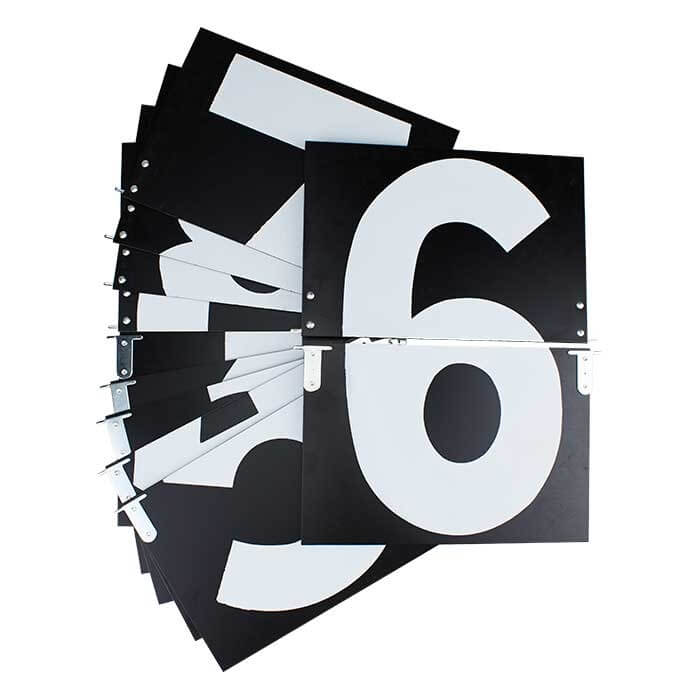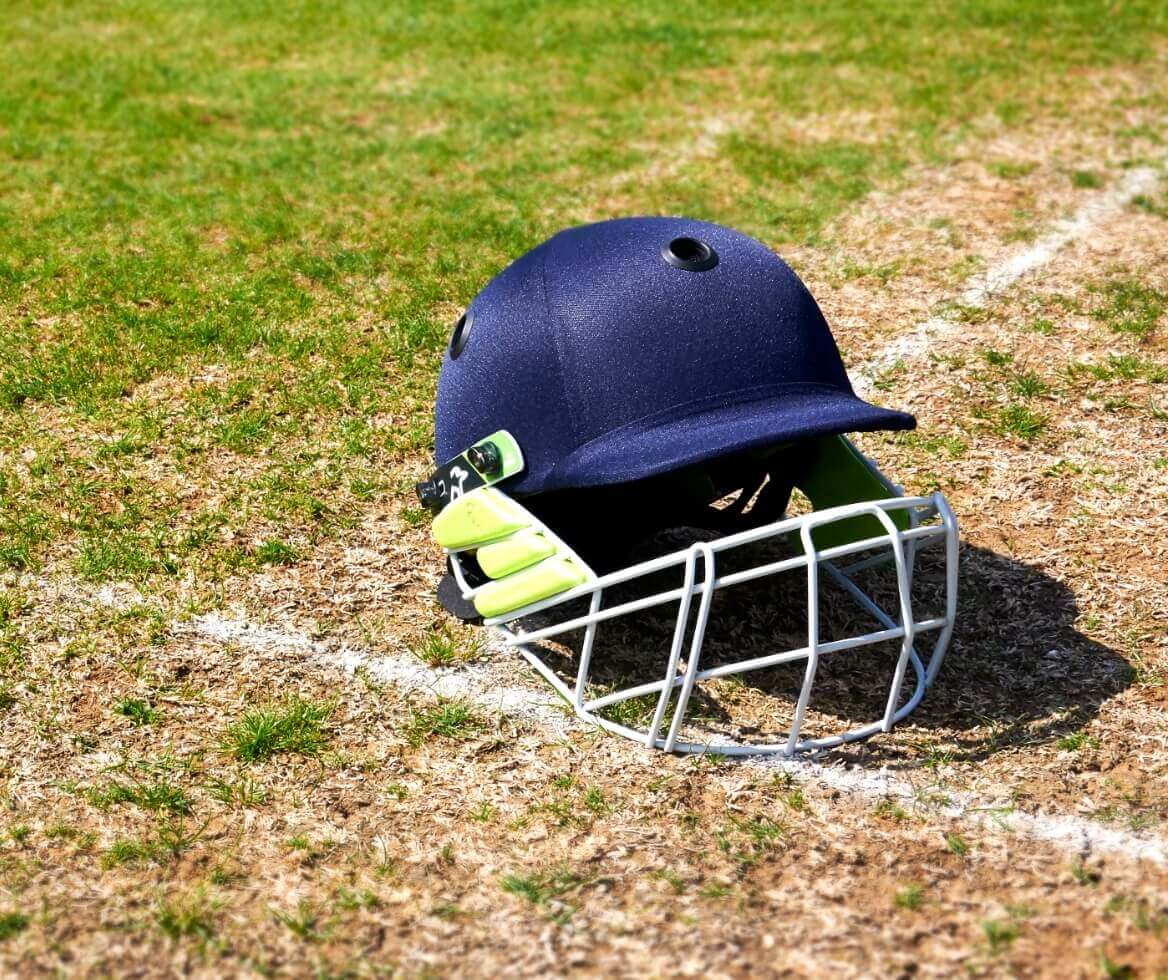Choosing the right cricket bat for you can often be a challenge, especially for a beginner, there are a number of different options available and making the right choice can make all the difference. To try and help we have created this guide to run you through some of the aspects of cricket bats and how to make sure you make the right choice for yourself.
What Are The Different Features Of A Cricket Bats Profile?
There are a number of different aspects that you may see discussed when talking about the profile of a cricket bat, so to help you understand these we have listed them here.
The Edge Profile
This is basically what it sounds like and is the profile of the cricket bat as seen from the edge. This increases from the shoulders and is at its widest at what is called “the sweet spot”. This helps to improve the balance of the bat and extend the sweet spot so that it covers the whole width of the blade.
The Spine Profile
This goes hand in hand with the edge profile, operating in unison with it. It helps to create an apex to provide power throughout the length of the blade and improve “pick up”.
The Sweet Spot
This is the position on the blade that offers maximum performance. So when looking for a bat, it is always helpful to find one with a larger sweet spot, as this will offer a larger area across the blade and will mean that off-centre strikes will perform better.
The Scallop
The purpose of the scallop is to maximise the profile of a bat, without a dramatic increase in weight. This means that the sweet spot is extended and also maximises the edge profile, which helps to reduce rotation of the bat when making off-centre hits, which in turn minimises power loss.
The Face Profile
This is the front face of the bat and when it comes to choosing a bat there are two types of face profile:
Flat Face
A flat-faced cricket bat has a more levelled out striking area, which maximises the power profile of the bat by allowing more mass to be retained in the back of the bat.
Rounded Face
Cricket bats with a rounded face tend to be preferred by more traditional players as they provide a more traditional look, but do provide a less expanded profile.
The Bow
This is the curve of the bat from the tip of the handle to the end of the toe. What this is designed to do is to enhance the position of your hands by placing them ahead of the ball, an essential part of good stroke play.
What Size Cricket Bat Do I Need?
Once you have a bit more of an understanding of the aspects above and how they impact the cricket bat you choose, you then need to pick what size you need. It is important to choose the right size for you as one that is too big or too small could have an impact on your performance in a game, which will also affect your enjoyment of batting. This is fairly simple as it is primarily based on your height.
Size 1 – For players up to 130cm (4’3”) tall
Size 2 – For players 130-137cm (4’3” – 4’6”) tall
Size 3 – For players 137-145cm (4’6” – 4’9”) tall
Size 4 – For players 145-152cm (4’0” – 5’) tall
Size 5 – For players 152-160cm (5’ – 5’3”) tall
Size 6 – For players 160-165cm (5’3” – 5’5”) tall
Harrow – For players 165-170cm (5’5” – 5’7”) tall
Small Adult – For players 170-175cm (5’7” – 5’9”) tall
Short Handle – For players 175-183cm (5’9” – 6’) tall
Long Blade – For players over 183cm (6’) tall
How To Choose The Willow Grade For A Cricket Bat?
The primary wood used in the majority of cricket bats is willow, which is a naturally fibrous wood. One of the biggest factors that determine the price of the bat is actually the grade of willow used to make it. As a general rule, the narrower grained willow provides good performance but does so at the cost of having a shorter lifespan, whereas the broader grain willow will last much longer, but tends to take time before it reaches its best performance.
When choosing your cricket bat there are a number of grades used.
Grade 1+ Willow
This is the best that money can buy, when buying a grade 1+ willow cricket bat you will get the best possible willow that will be unbleached and have virtually no blemishes.
Grade 1 Willow
If you buy a grade 1 willow cricket bat you will still get top-notch willow that is unbleached with a slightly broader grain.
Grade 2 Willow
Grade 2 willow cricket bats are still unbleached English willow, but it will have some minor blemishes and possibly have some minor irregularities in the grain.
Grade 3 Willow
The blades of cricket bats made using grade 3 willow are normally bleached in order to cover up irregular grain and blemishes.
Grade 4 Willow
Grade 4 willow is the cheapest grade of English willow that you can buy for a cricket bat and are normally covered by a protective facing and are sold as “non-oil”.
Kashmir Willow
In comparison to English willow, Kashmir willow is harder and dryer. This means that it doesn’t offer the same level of performance or longevity as cricket bats made with English willow. It is however significantly cheaper, so can be the perfect choice for beginners.
Choose The Right Bat For Your Batting Style
This is important when choosing a cricket bat, as getting the wrong bat for the way you play will have a negative impact on how it performs, no matter how much you spend on it.
Most companies will provide three types of bat: low, medium, and high. This is a reference to where the “sweet spot” is on the bat. Low type bats are ideal if you like to hit lots of straight shots and drives, the medium is a mix of the two so perfect for all-rounders that play on the front foot, and high type bats have the “sweet spot” closer to your hands to help pull off hook shots and cuts.
How To Pick The Right Handle For A Cricket Bat?
Whilst it may seem like a small aspect of a cricket bat, the handle you choose can make all the difference to your game. If you choose an oval handle this will in theory help to keep you more aligned as well as giving you a better directional feel and improving the pickup of the bat. A round handle on the other hand is better for players looking to flick the ball around as it gives your bottom hand more control.
Do You Need A Toe Guard?
The toe of a cricket bat is often prone to breakages, especially if you have to face yorkers that can lead to an extremely high impact. This means that the wood can be dented or perhaps even split so it is highly recommended that you buy a toe guard and fit it to your bat to reduce the risk of breaking, especially if you have spent a lot of money on your bat.
How To Decide On The Best Cricket Bat For You?
Once you have more of an understanding of what you are looking for with your cricket bat, the next best step is to determine a budget for your purchase. By doing this you can then see what is available to you that best suits your needs. For beginners, it is worth bearing in mind that it may be better to get a lesser grade of willow, such as Kashmir willow to avoid investing too much.



